Modern shed shelving solutions span a wide spectrum of styles and materials, from simple floating designs to heavy-duty industrial racks, each tailored to different organizational needs and aesthetic preferences. Floating shelves offer a minimalist look that keeps tools and supplies within easy reach without taking up floor space. For those needing to store heavy items like paint cans or bulky equipment, floor-to-ceiling industrial shelving provides remarkable strength and scalability. Adjustable shelving systems allow you to reconfigure your storage layout on the fly, accommodating items of varying heights and sizes. DIY enthusiasts will appreciate customizable French cleat tool shelves and versatile mobile units on castors for flexibility and convenience. Whether you prefer open display shelves or closed cabinets, there’s a shelving solution to keep your shed neat, efficient, and tailored to your workflow.
1. Wall of Shelves
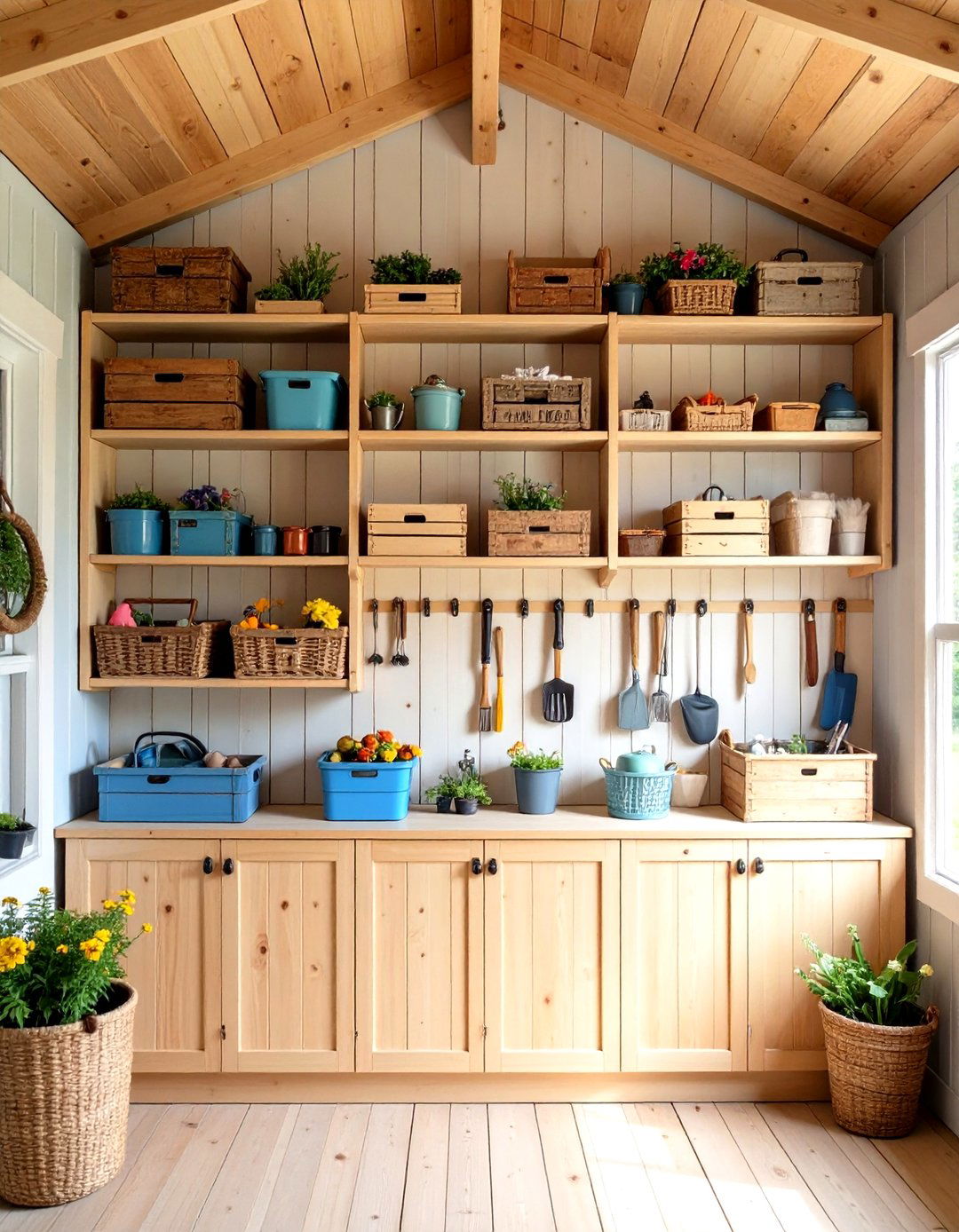
A comprehensive wall of shelves maximizes vertical space along an entire shed wall, providing multiple levels for storage. By running continuous shelving across the wall studs, you create a unified look and make efficient use of every inch of wall space. These shelves can be built from standard lumber and plywood, or repurposed crates and pallets for a rustic aesthetic that still offers solid support for storage bins and tools. Proper anchoring to the studs ensures stability, and painting the shelves in a light hue brightens the interior while making it easier to locate items.
2. Custom Tool Shelf
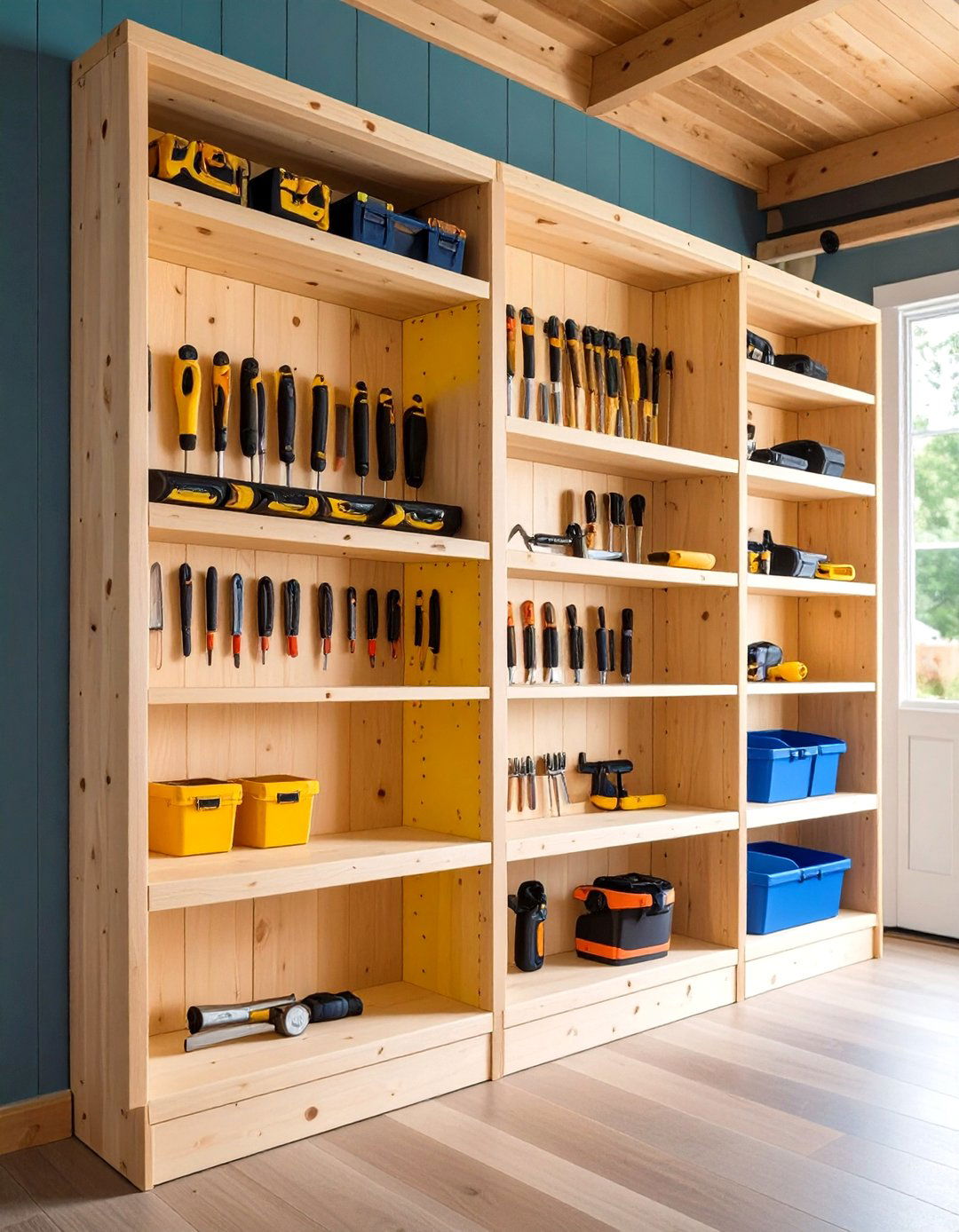
Custom tool shelves integrate specific holders for shovels, rakes, and other long-handled tools, keeping them upright and organized. By cutting slots or adding metal brackets at measured intervals, you can create a dedicated home for each tool, preventing clutter and accidental breakage. These shelves typically combine a top shelf for small hand tools with lower slots for larger implements, often constructed from 2x4 lumber and plywood backers. The result is a cohesive, tool-focused storage zone that makes finding and stowing gear effortless.
3. French Cleat Tool Shelves
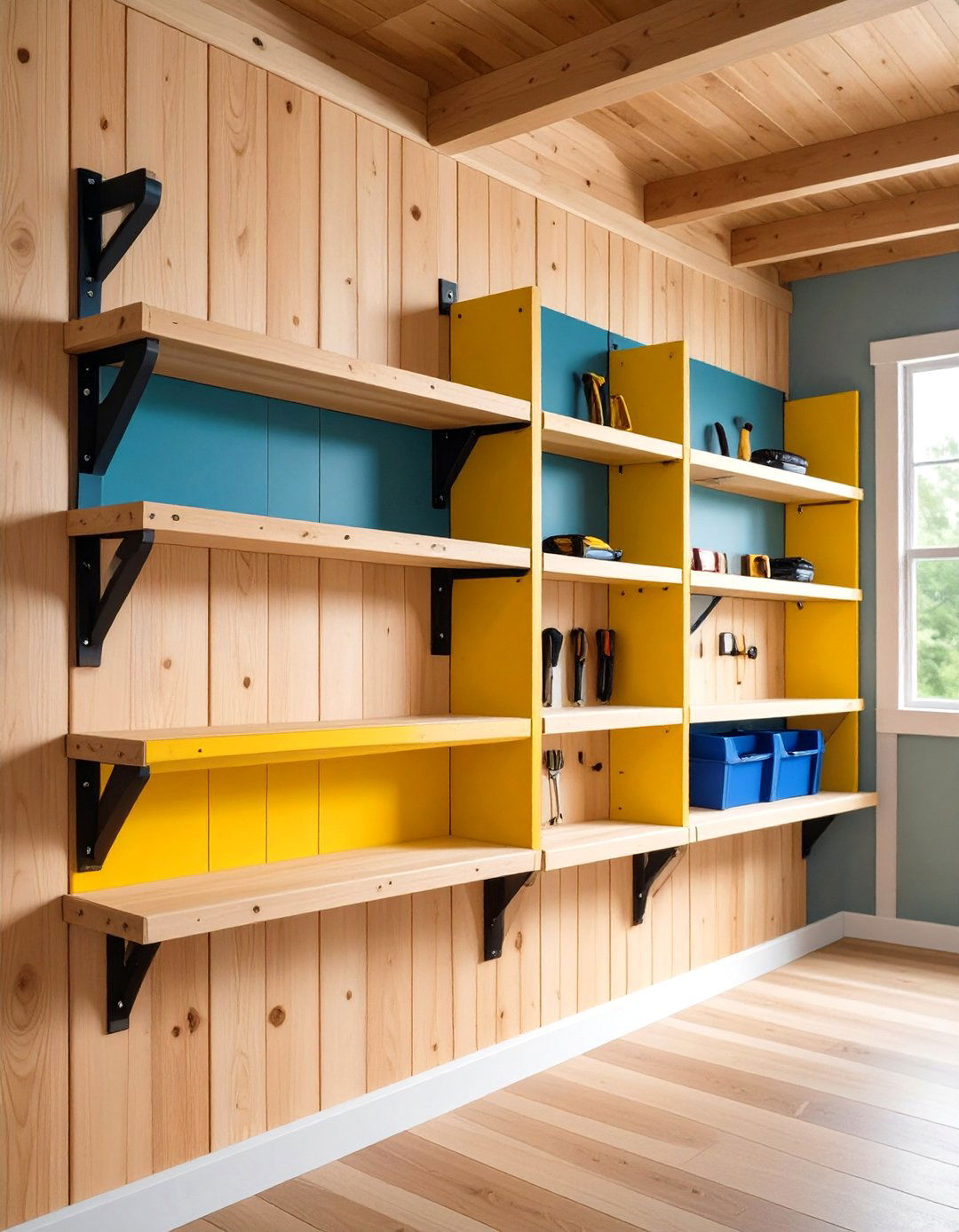
French cleat tool shelves utilize a simple interlocking system of angled wood strips, offering customizable and movable storage for various tools and supplies. One cleat is mounted on the wall at an angle, while the matching cleat on the shelf component hooks securely into it. This system allows for easy repositioning of shelves as organizational needs evolve and can support significant weight when properly anchored. Ideal for power tools, paint cans, or bins, French cleats provide both versatility and strength in a straightforward, DIY-friendly design.
4. White and Bright Shelf System
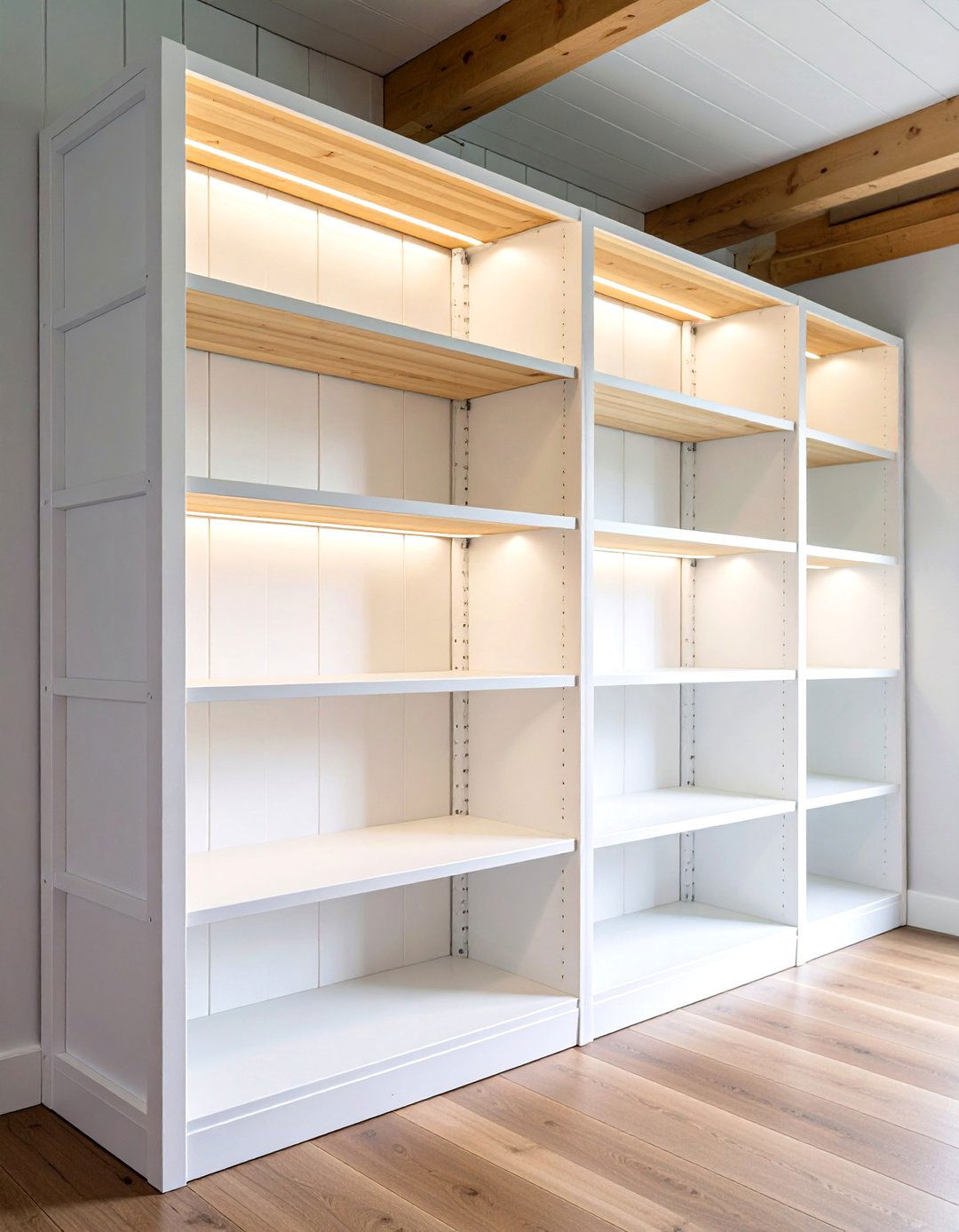
A white and bright shelving system uses painted white plywood or melamine panels to reflect light and visually expand the shed’s interior. The bright surfaces make the space feel larger and more inviting, improving visibility for detailed tasks like potting or woodworking. White shelving also provides a clean backdrop, making it easier to spot small items like screws or paintbrushes. Combined with LED strip lighting along the underside of each shelf, this approach transforms a dark storage shed into a practical and welcoming workspace.
5. Pegboard Shelving
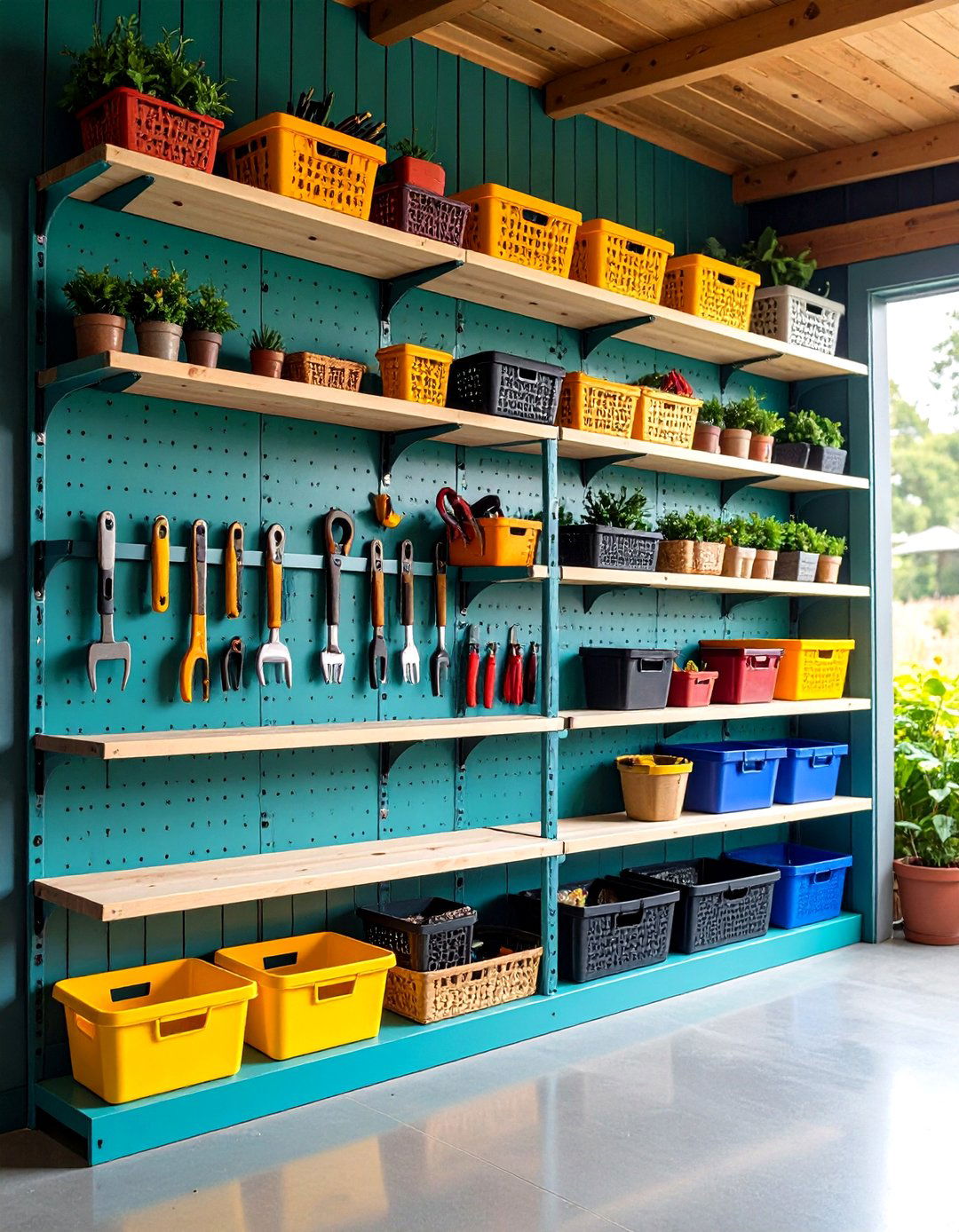
Pegboard shelving combines traditional horizontal shelves with pegboard walls, offering a hybrid storage solution that accommodates both flat items and hanging tools. By installing full-size pegboard panels behind shelving rows, you gain a flexible grid for hooks, bins, and hanging baskets, perfect for hand tools, gardening supplies, or craft materials. The adjustable nature of pegboard accessories allows you to reconfigure the layout as your collection of tools changes, ensuring that everything from wrenches to gloves stays within arm’s reach and neatly displayed.
6. Worktop Shelves
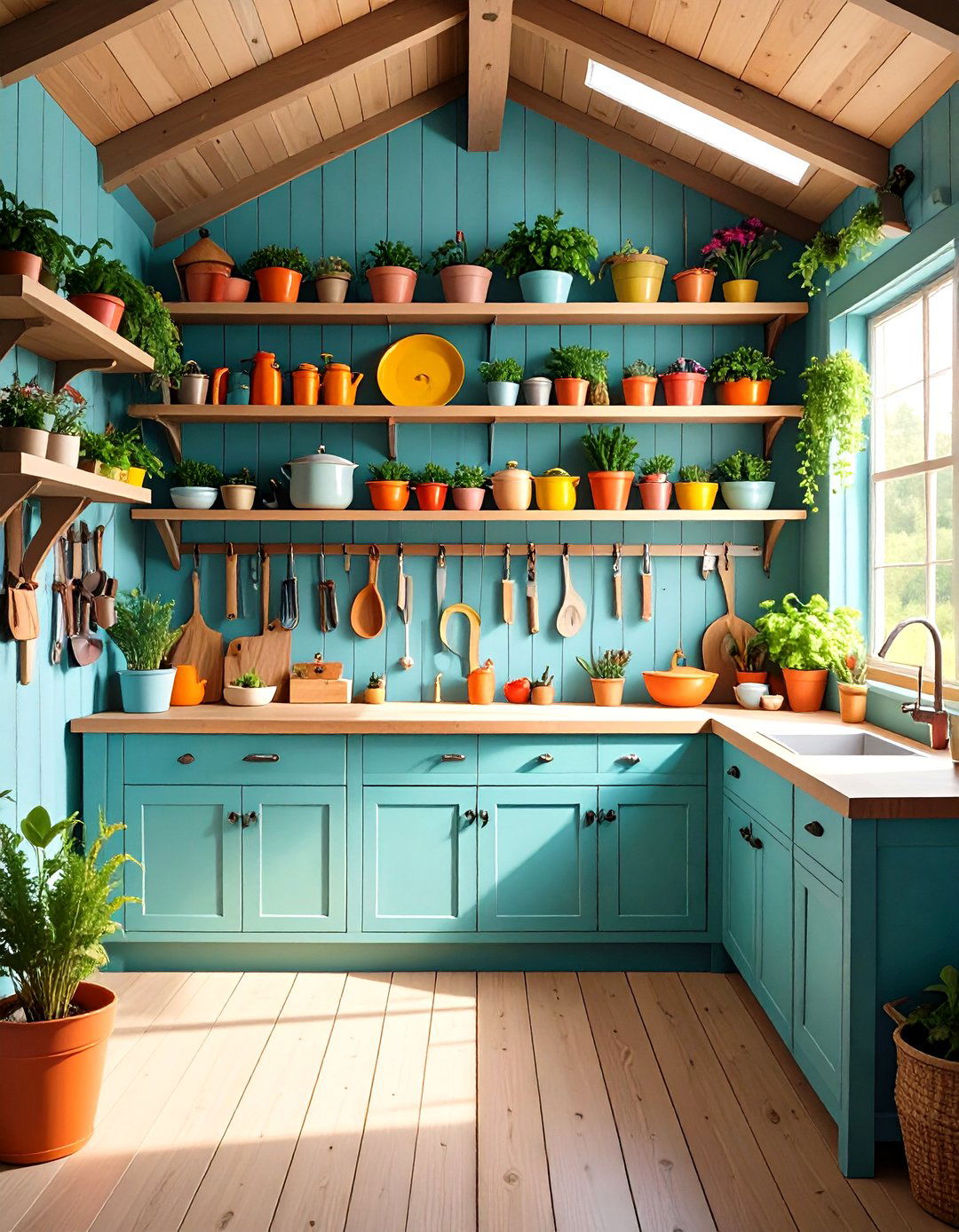
Worktop shelves integrate a sturdy workbench surface with above-counter shelving, combining workspace and storage in a compact footprint. The worktop, typically a thick plywood or butcher block slab, provides a solid area for potting plants or minor repairs, while the shelves above hold frequently used items like pots, small tools, and hardware. This design streamlines gardening and maintenance tasks by keeping supplies overhead and the bench clear, creating an efficient workstation within your shed’s footprint.
7. Floating Shelves
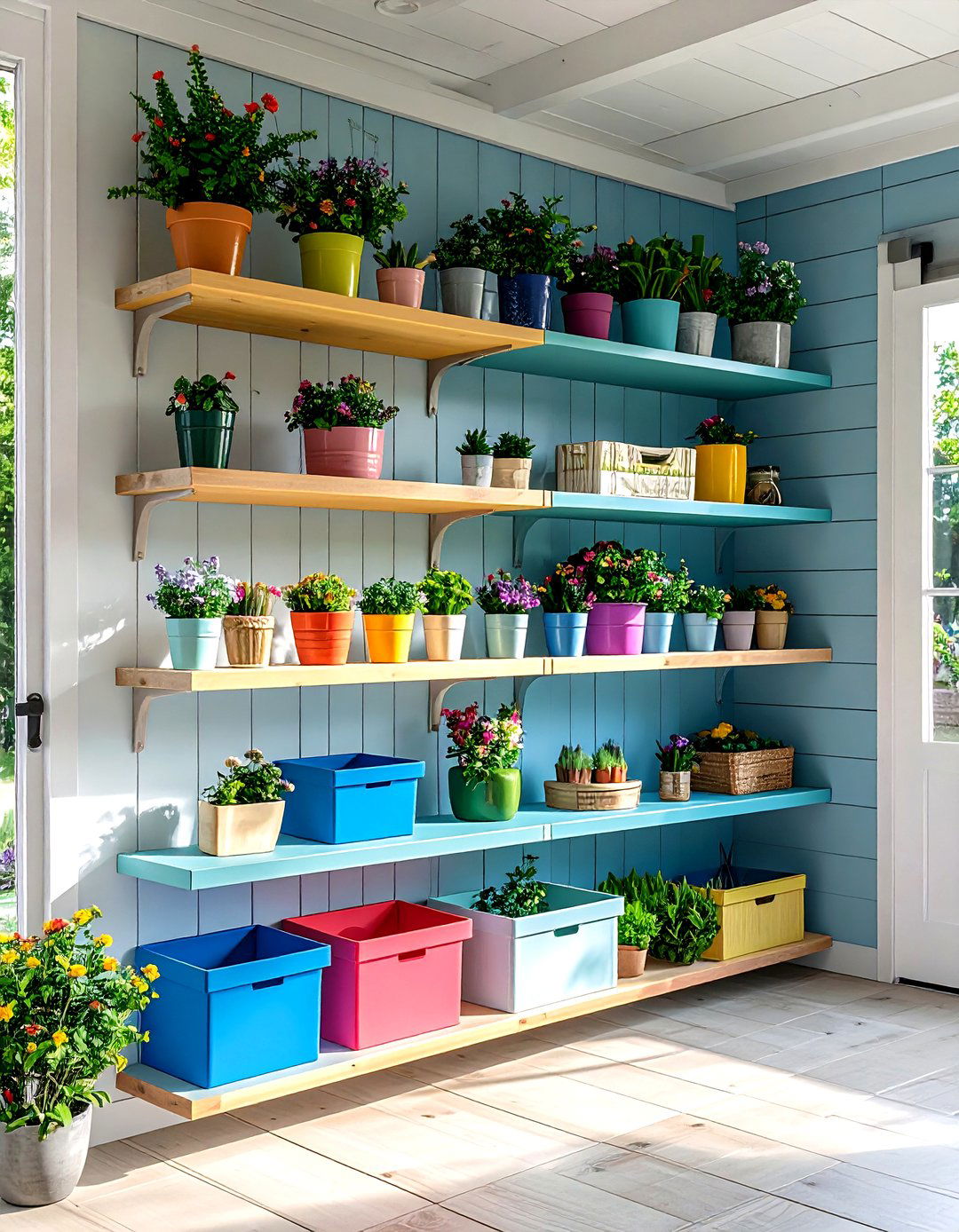
Floating shelves mount directly to the wall without visible brackets, creating a clean, modern look that is especially attractive in brightly lit sheds. These shelves use hidden metal supports that slide into the wall and into corresponding holes in the shelf thickness, providing a seamless edge. Ideal for storing lightweight items, decorative planters, or small storage bins, floating shelves maximize wall space while keeping the shed’s interior feeling open and uncluttered.
8. Heavy-Duty Floor-to-Ceiling Industrial Shelving
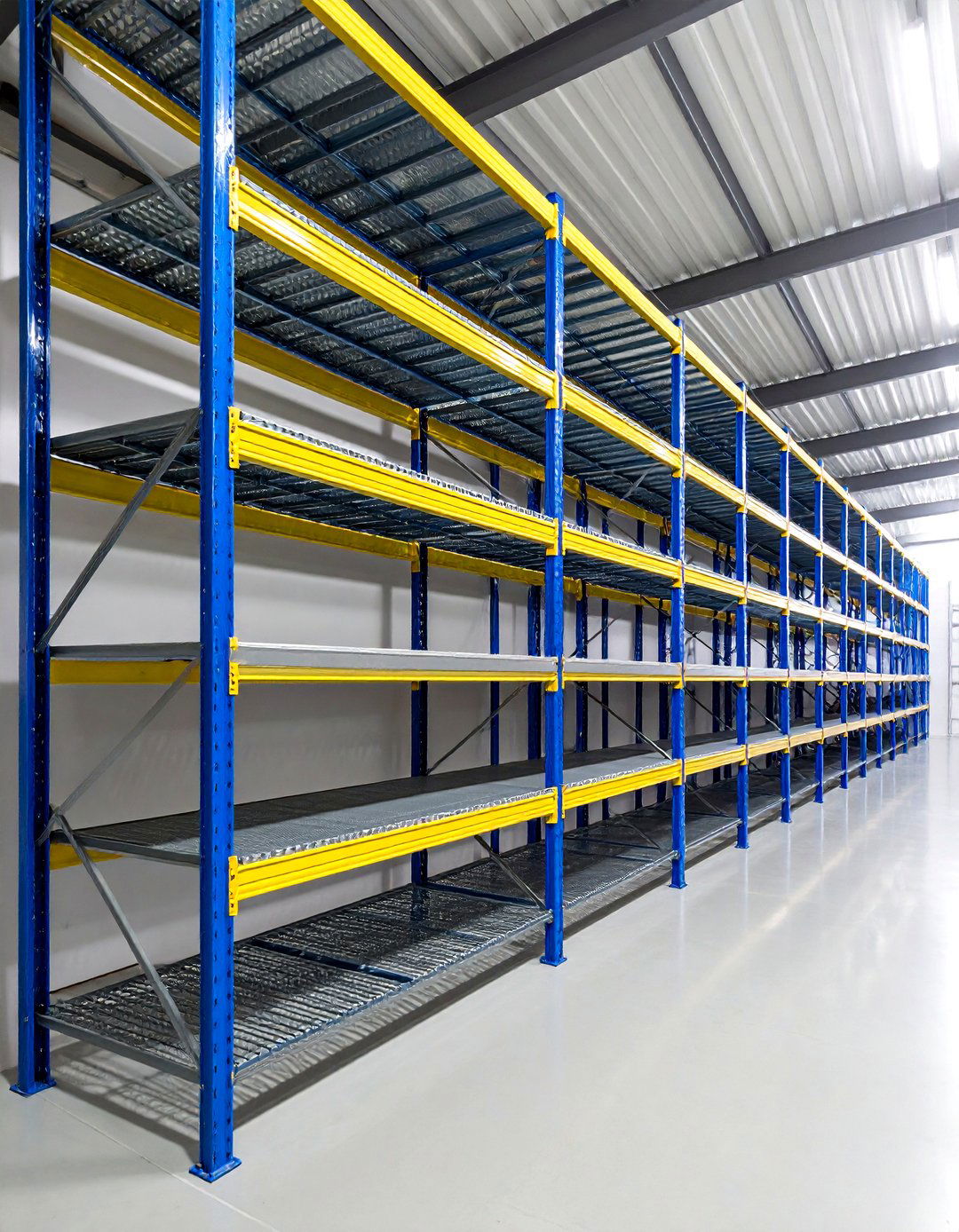
Industrial shelving systems feature steel frames and thick particleboard or wire decks, capable of supporting heavy loads from floor to ceiling. Adjustable beams allow for customizable shelf heights, making this option perfect for storing paint cans, large bins, and power equipment. The open-wire decks also facilitate ventilation, reducing moisture buildup and keeping stored items dry. Although more costly than wooden shelves, industrial systems offer unmatched durability and scalability for users with extensive storage needs.
9. DIY Lumber Shelf

A DIY lumber shelf repurposes surplus boards or off-cuts into rustic shelving, often combining 2x4 supports with tongue-and-groove floorboards or pallet wood as decking. This cost-effective approach leverages scrap materials, making it ideal for budget-conscious hobbyists. Properly sanded and sealed, these shelves can handle garden chemicals and tools, while the natural wood aesthetic complements outdoor environments. Adding corrosion-resistant brackets and braces ensures longevity even in humid conditions.
10. Window Sill Shelf
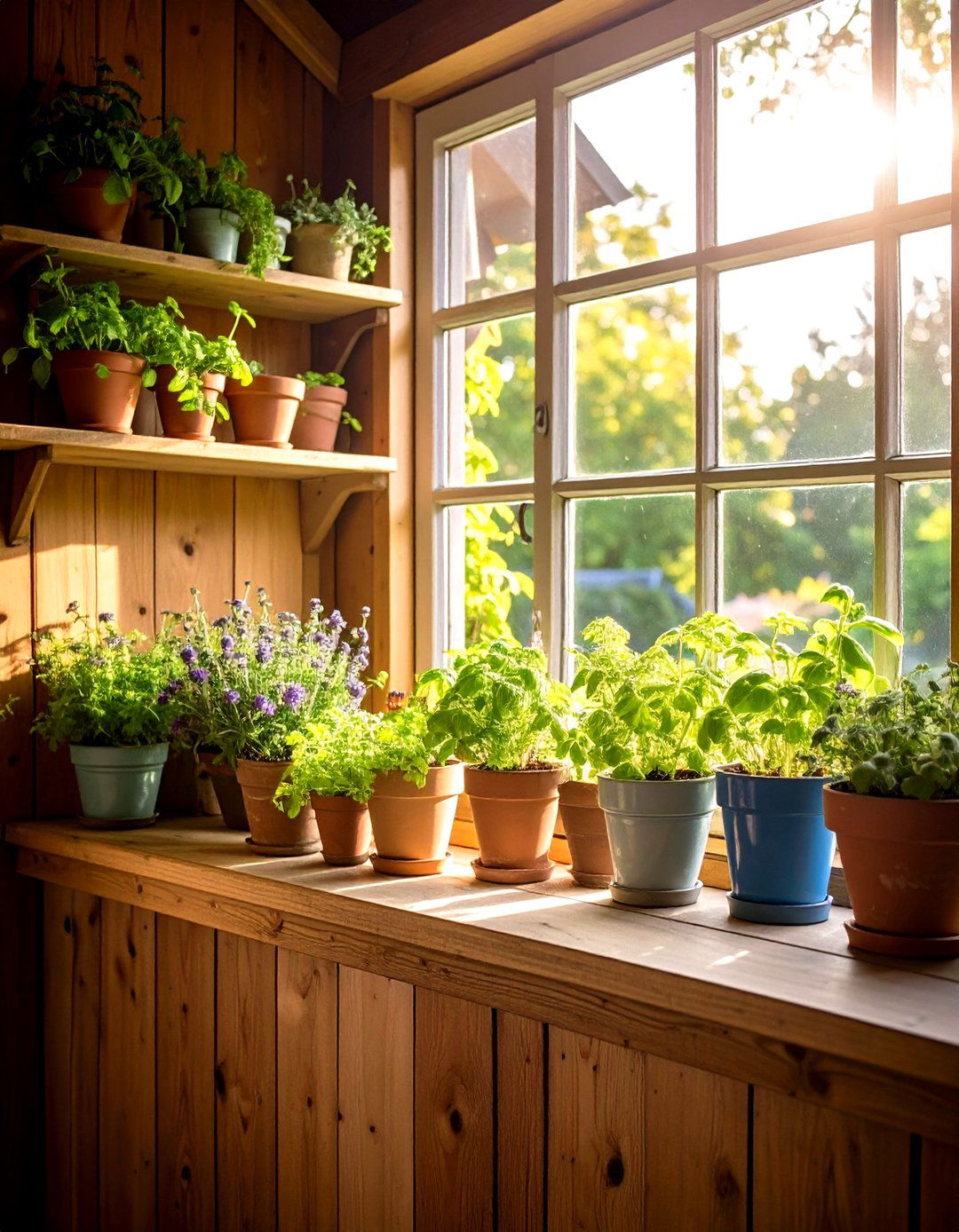
A window sill shelf utilizes the bench area beneath a shed window to create a convenient workspace or plant-watering station. Extended boards or a custom cut shelf fit between studs under the window, offering a stand for potted herbs, small plants, or seedling trays. The natural light makes this spot ideal for propagating seedlings or keeping delicate tools visible and at hand. Reinforcing the shelf with angle brackets prevents sagging under the weight of multiple pots.
11. Wall-Mounted Metal Shelves

Wall-mounted metal shelves attach directly to shed walls using galvanized steel brackets and perforated metal decking, delivering a sleek industrial look and strong support for heavier items. The metal surfaces resist moisture and rust, essential for outdoor structures exposed to humidity. These shelves can be adjusted along slotted metal tracks, allowing you to raise or lower each shelf as contents change. Their modern aesthetic suits contemporary garden sheds and utility workshops alike.
12. Cubby Shelves for Paint Supplies
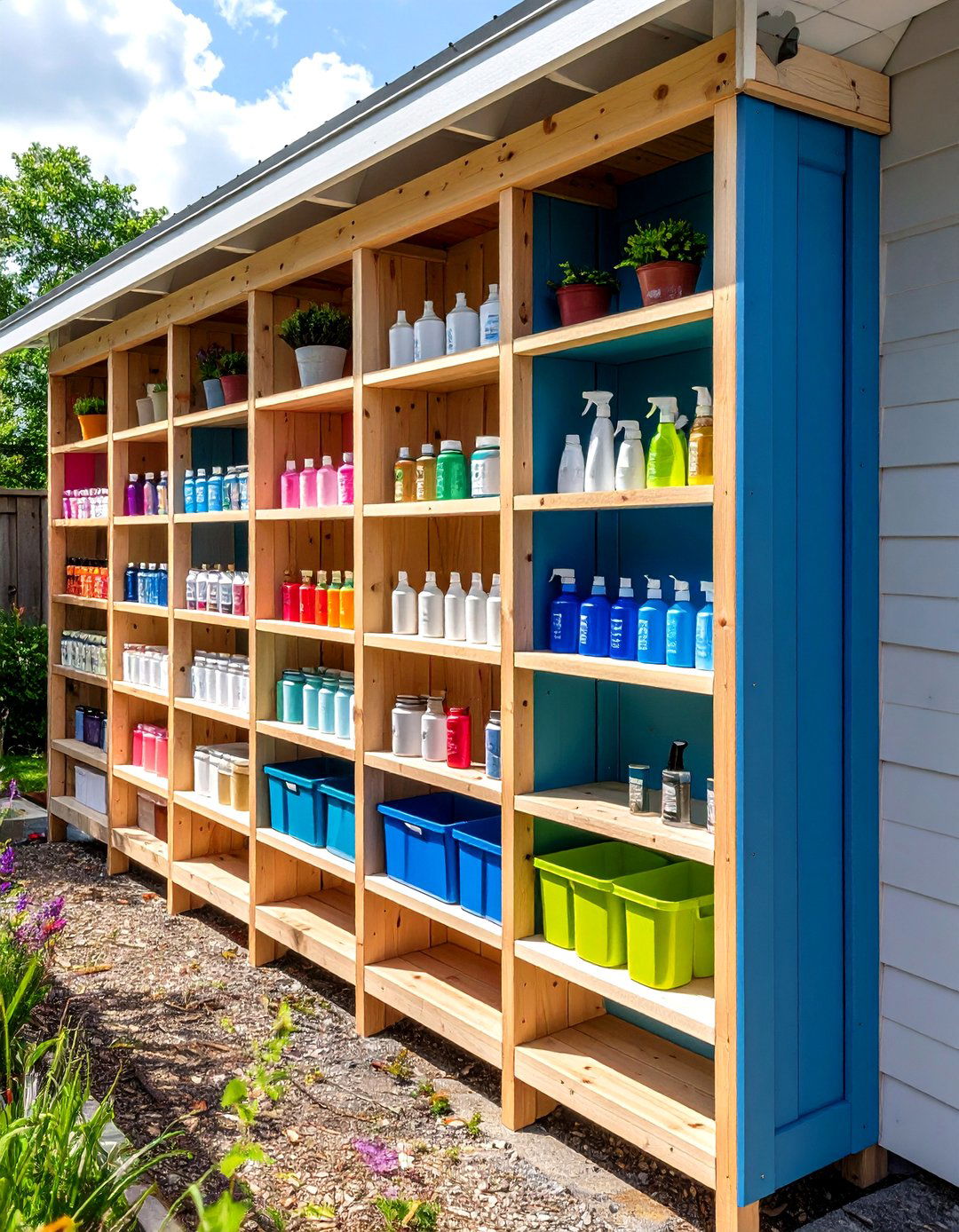
Cubby-style shelving divides the storage space into smaller compartments, perfect for organizing paint cans, spray bottles, and small containers. Each cubby keeps similar items together, preventing spills and ensuring quick access. Constructed from plywood dividers set into a frame, cubby shelves can be customized in size to match the dimensions of your most frequently used supplies. Labeling each cubby further streamlines the process of finding the right color or finish.
13. Mobile Shelves on Castors
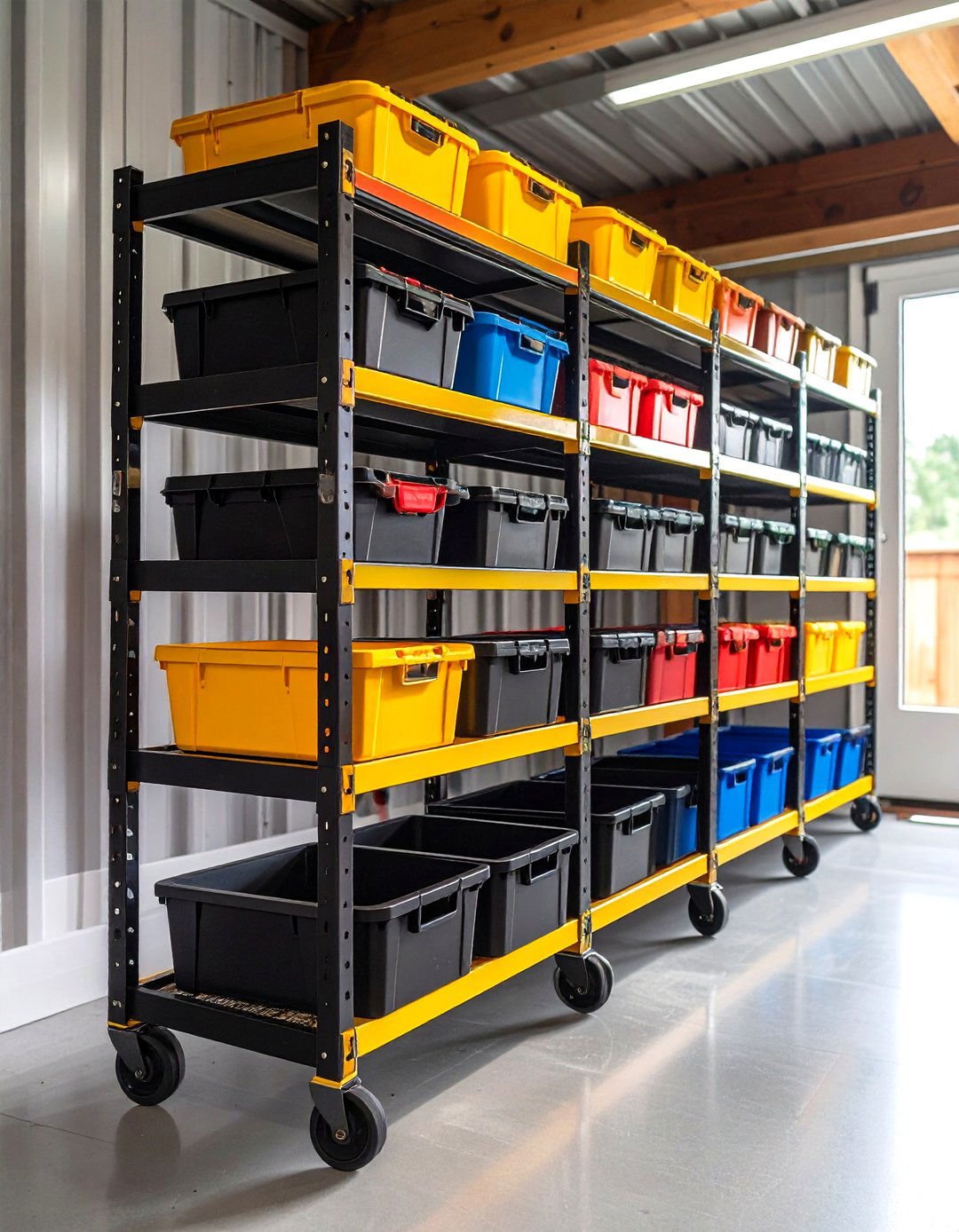
Mobile shelving units on castors bring flexibility to shed organization, allowing you to roll sections of shelves into place when needed and tuck them away when not. Mounted on heavy-duty swivel casters with locks, these units can hold tools, bins, or gardening supplies and be moved to create temporary aisles or workstation layouts. This design works particularly well in larger sheds where equipment must be shifted frequently for projects.
14. Mixed Open and Closed Shelving
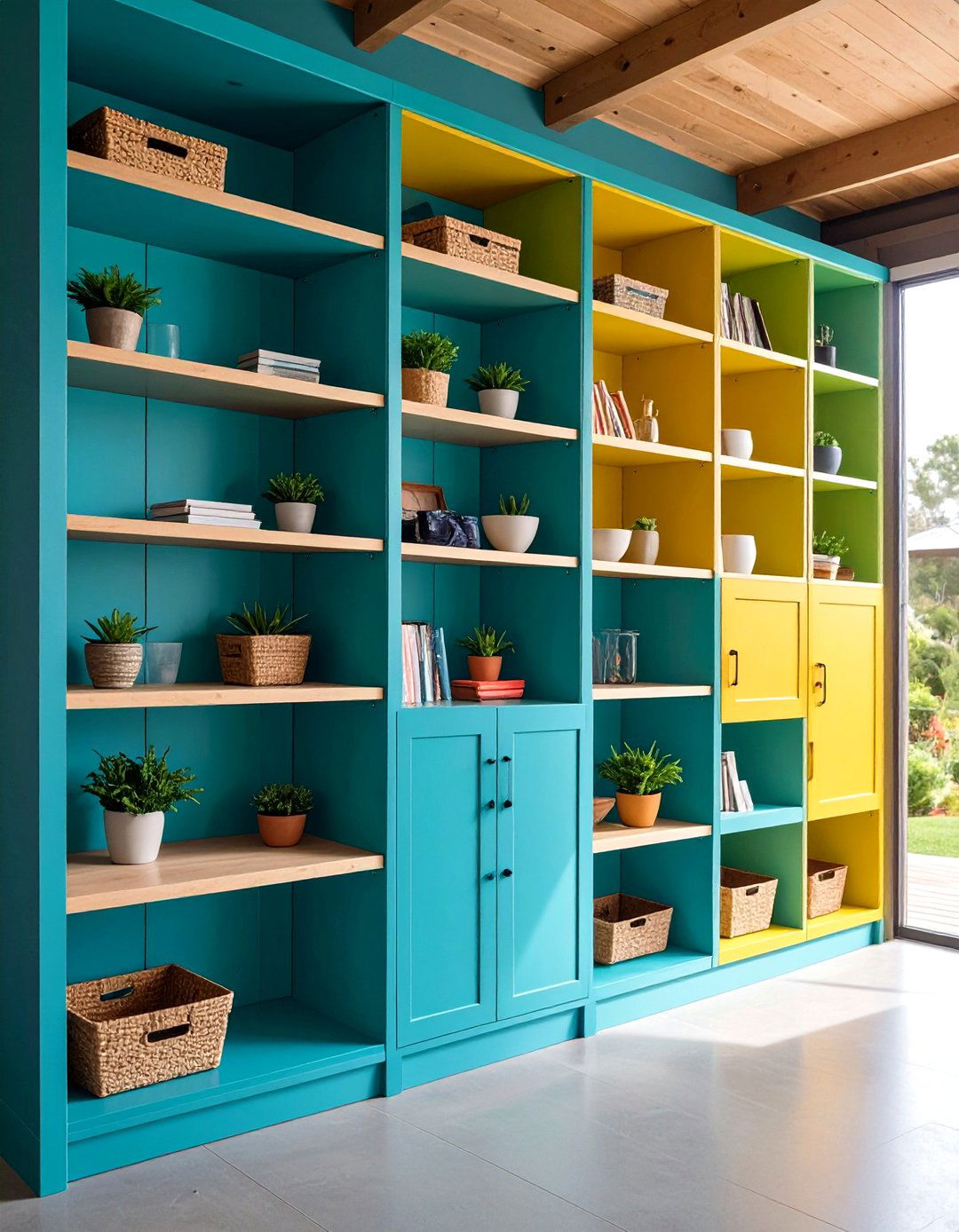
Combining open shelves with closed cabinetry delivers the best of both worlds: visible display for frequently used items and hidden storage for bulkier or less attractive supplies. Closed sections with cabinet doors conceal clutter and protect items from dust, while open zones keep essentials readily accessible. This hybrid design rewards users needing both quick access and a tidy appearance, often constructed by adding cabinet boxes beneath traditional shelving.
15. Potting Benches
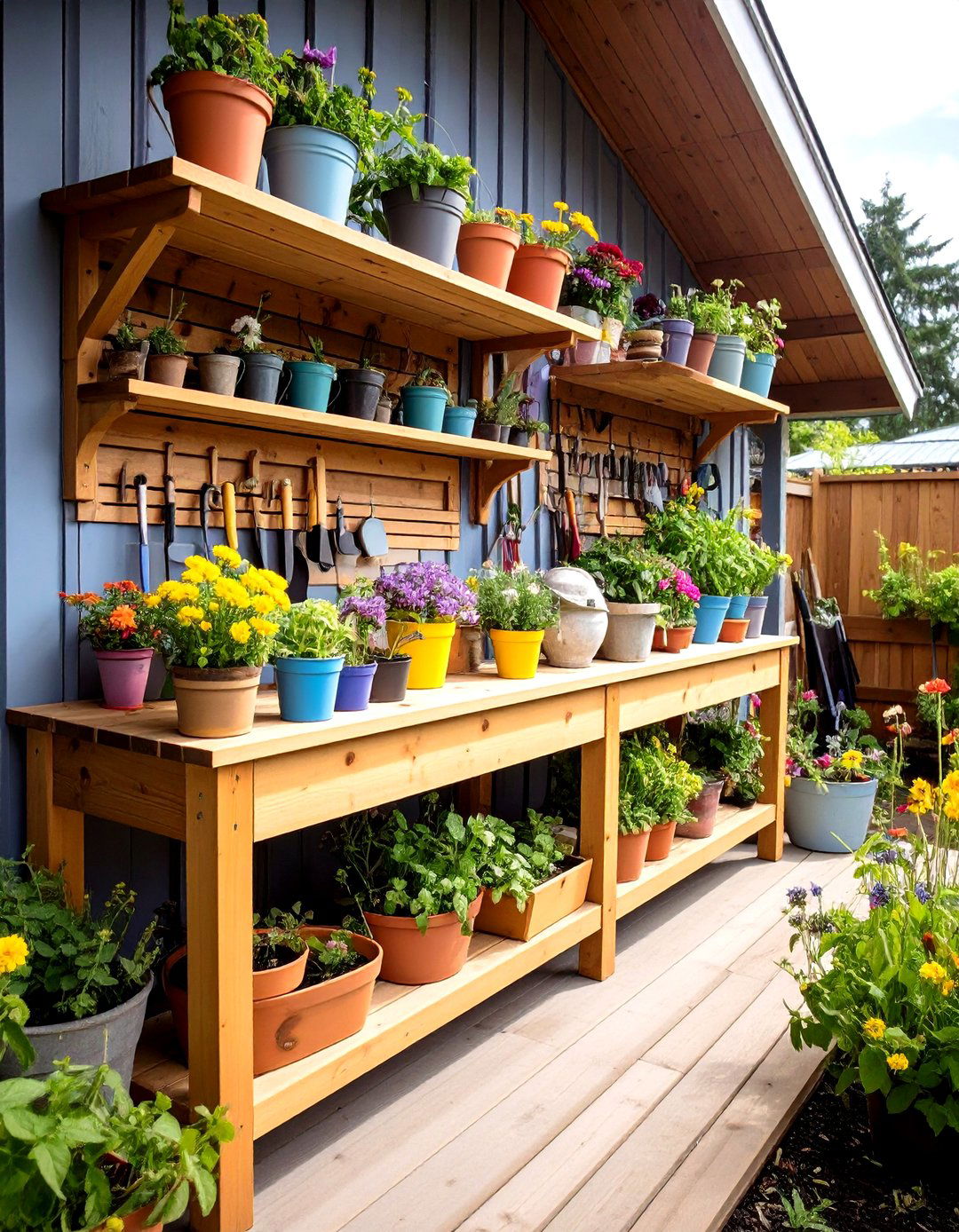
Potting benches integrate shelving, a work surface, and storage for soil bags, pots, and tools, creating a dedicated gardening station within your shed. Typically featuring a slatted shelf above for seed trays and hooks underneath for hanging tools, potting benches offer ergonomic working height and efficient use of space. Materials like cedar or treated pine resist rot, making them durable in damp environments. Adding a removable tray on the work surface simplifies cleanup after potting sessions.
16. Rail Shelves for Sports Equipment
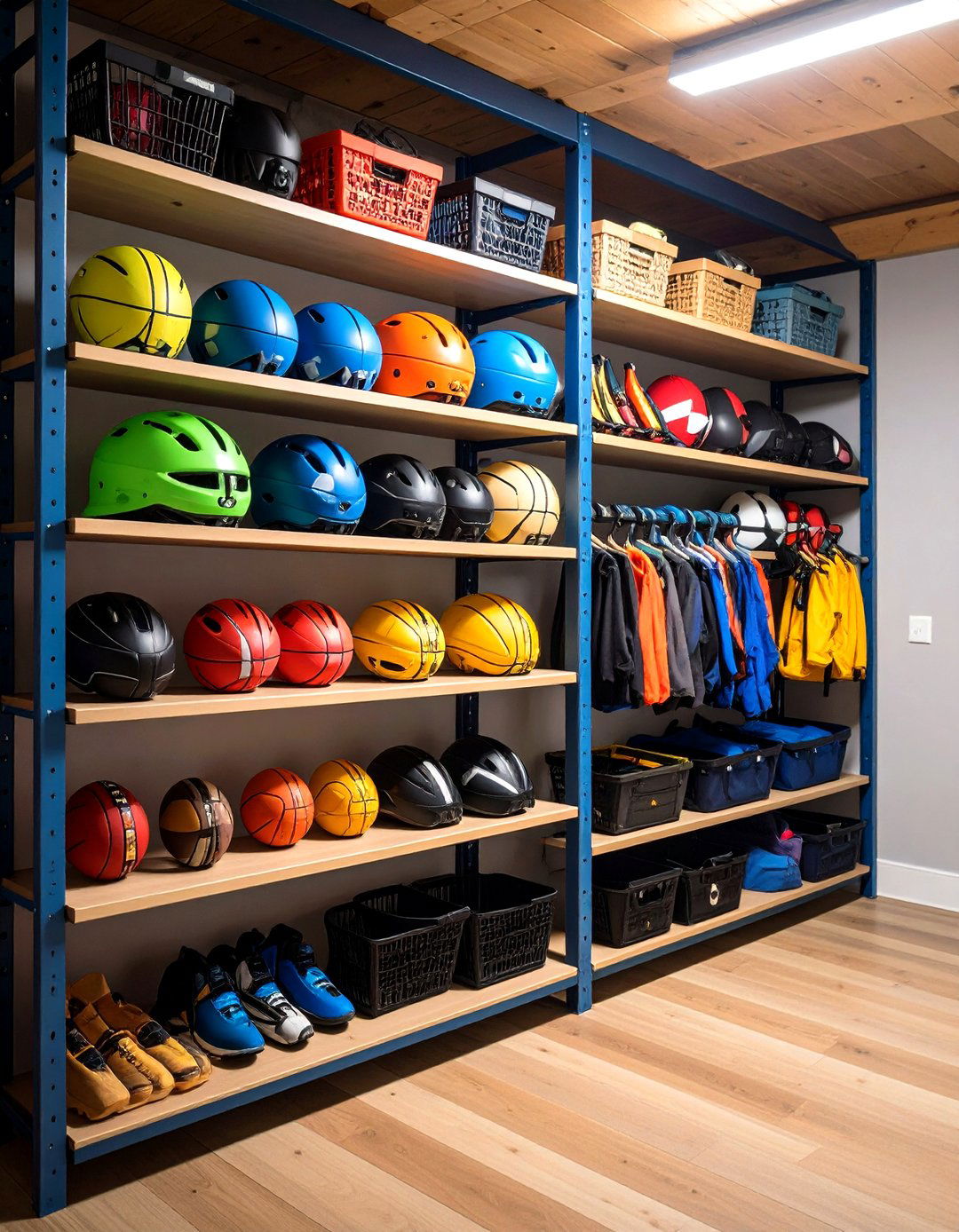
Rail shelves employ horizontal rails with removable hooks and baskets, ideal for storing sports equipment like balls, helmets, and gloves. The rails mount directly to studs, and accessories slide on to create a modular system that adapts to seasonal gear rotations. This solution keeps bulky items off the floor and organized by type, preventing damage and making retrieval easier before game day.
17. Shelf Risers
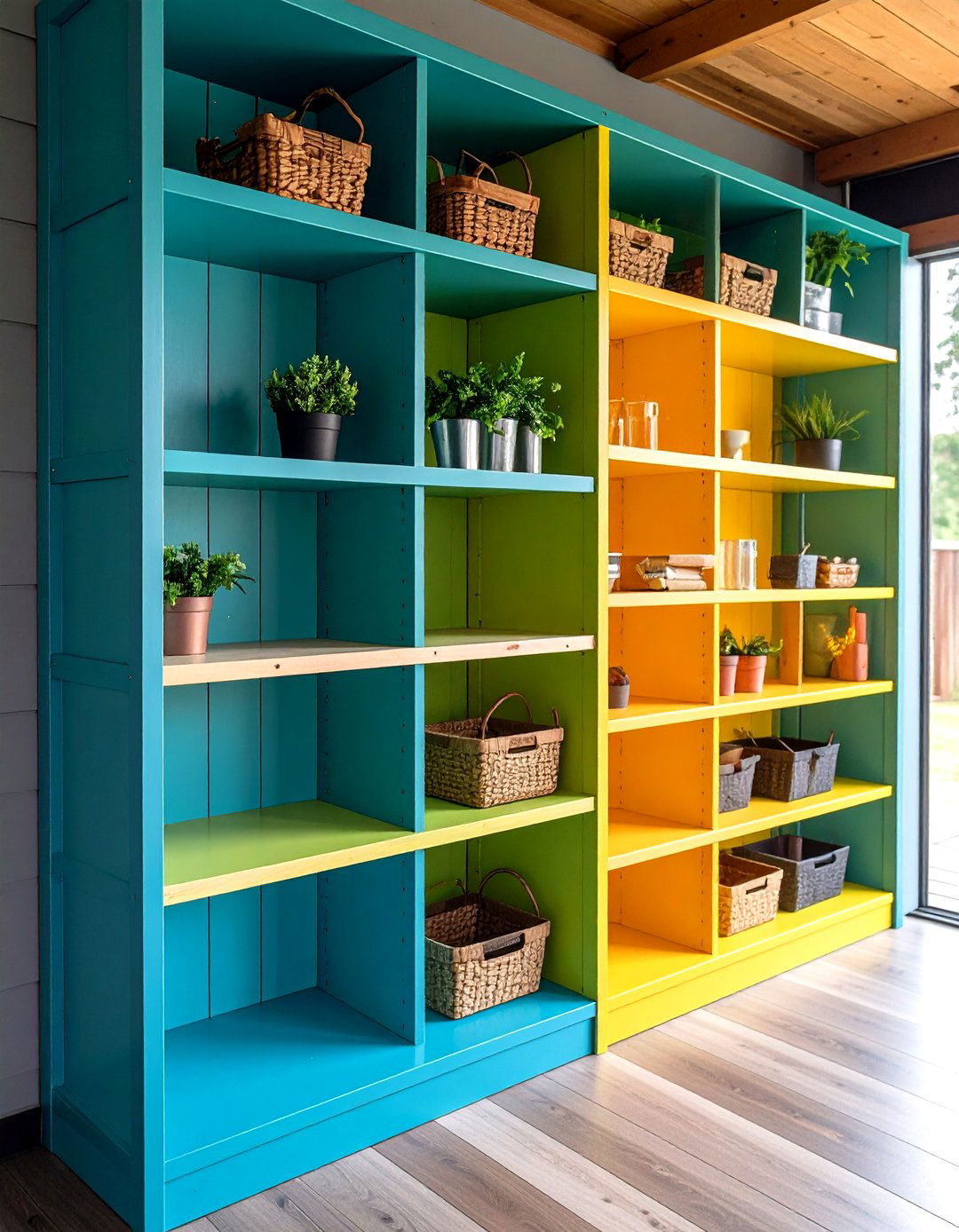
Shelf risers elevate the back of each shelf row, creating a tiered effect that improves visibility and access to items stored at different depths. Especially useful for small jars, seed packets, or spray cans, risers prevent items from getting lost in the back and allow you to see everything at a glance. Risers can be built from simple strips of plywood or purchased as ready-made inserts.
18. Console Tables

Console tables repurpose narrow hallway-style tables as multipurpose shelving units in the shed, providing a slim footprint and additional storage surfaces. Placed against a wall or behind a larger workstation, console tables can hold decorative storage bins, display planters, or even serve as a quick-deposit zone for garden gloves and hand tools. Their stylish design adds a touch of home decor to shed interiors.
19. Adjustable Shelving

Adjustable shelving systems feature slotted uprights and movable brackets, allowing you to change shelf heights without new drilling. This flexibility accommodates items of varying sizes and simplifies reconfiguration when your storage needs evolve. Pallet rack-style systems, often used in warehouses, bring industrial strength to home sheds, supporting heavy loads on each adjustable deck.
20. Rolling Carts
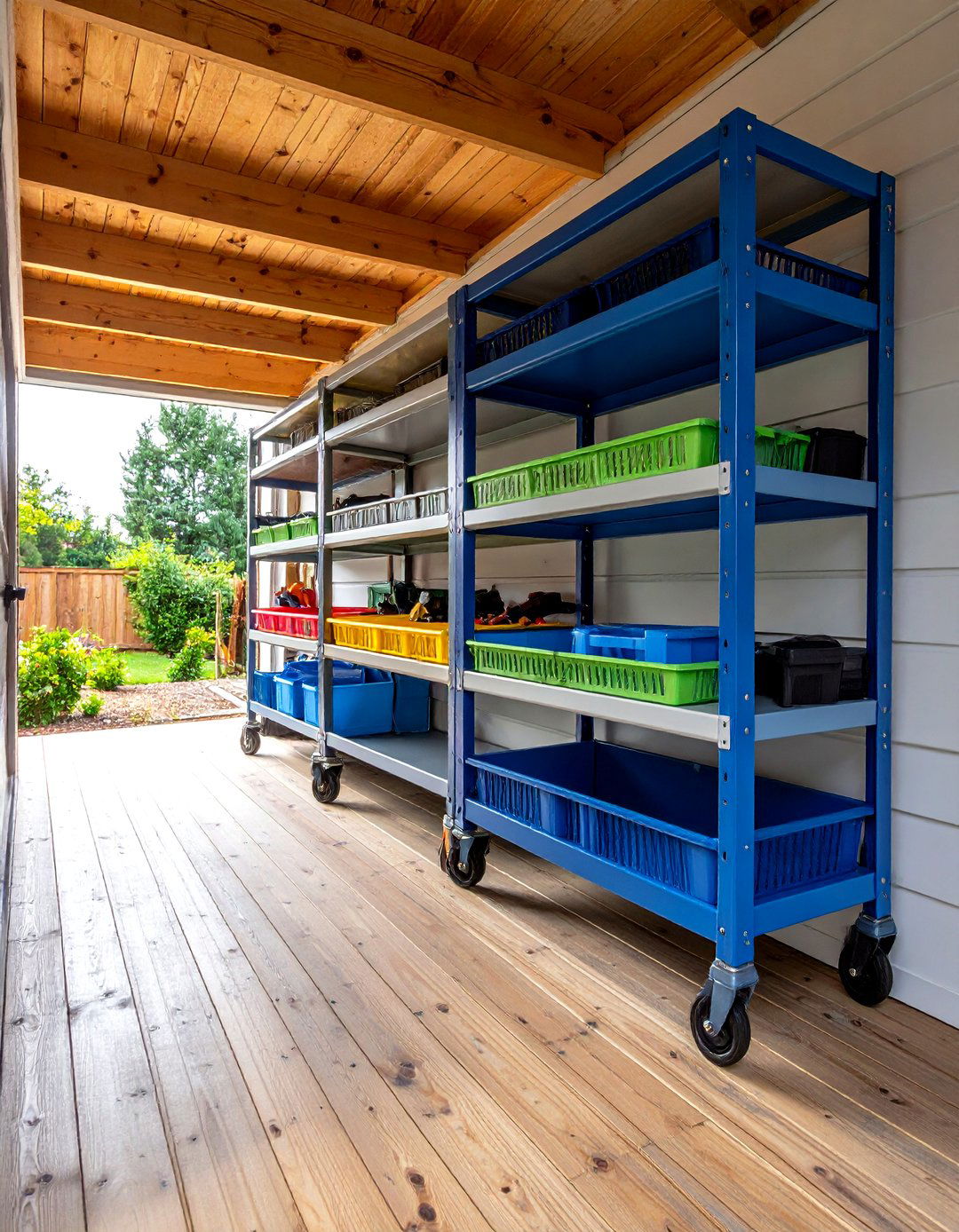
Rolling carts with multiple shelves offer portable storage that can be wheeled between the shed and outdoor work areas. Often constructed from steel or resin, these carts feature locking wheels, removable trays, and side rails to prevent items from falling off during transport. Rolling carts are ideal for carrying tools and supplies to garden beds or workstations, then returning to their designated storage spot when tasks are complete.
Conclusion:
Organizing a shed effectively hinges on choosing the right shelving solutions to match your tools, supplies, and workspace. From budget-friendly DIY lumber shelves to robust industrial racks and customizable adjustable systems, there’s a shelving style to suit every need and skill level. Incorporating mobile units, potting benches, and hybrid open-closed designs keeps frequently used items accessible while concealing clutter. By carefully planning your layout and leveraging vertical space, you can transform any shed into a highly functional and tidy workspace that enhances productivity and preserves your gear.


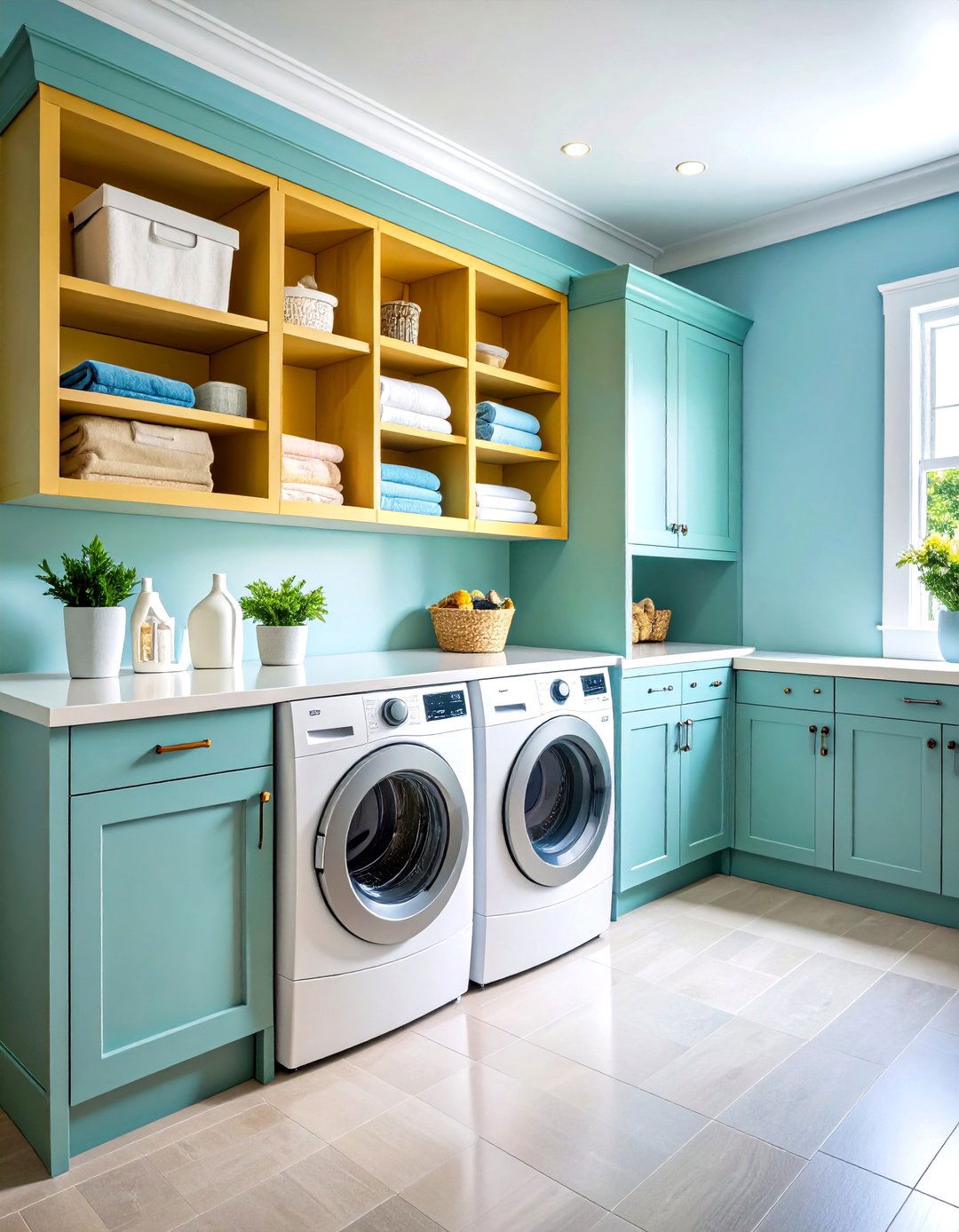
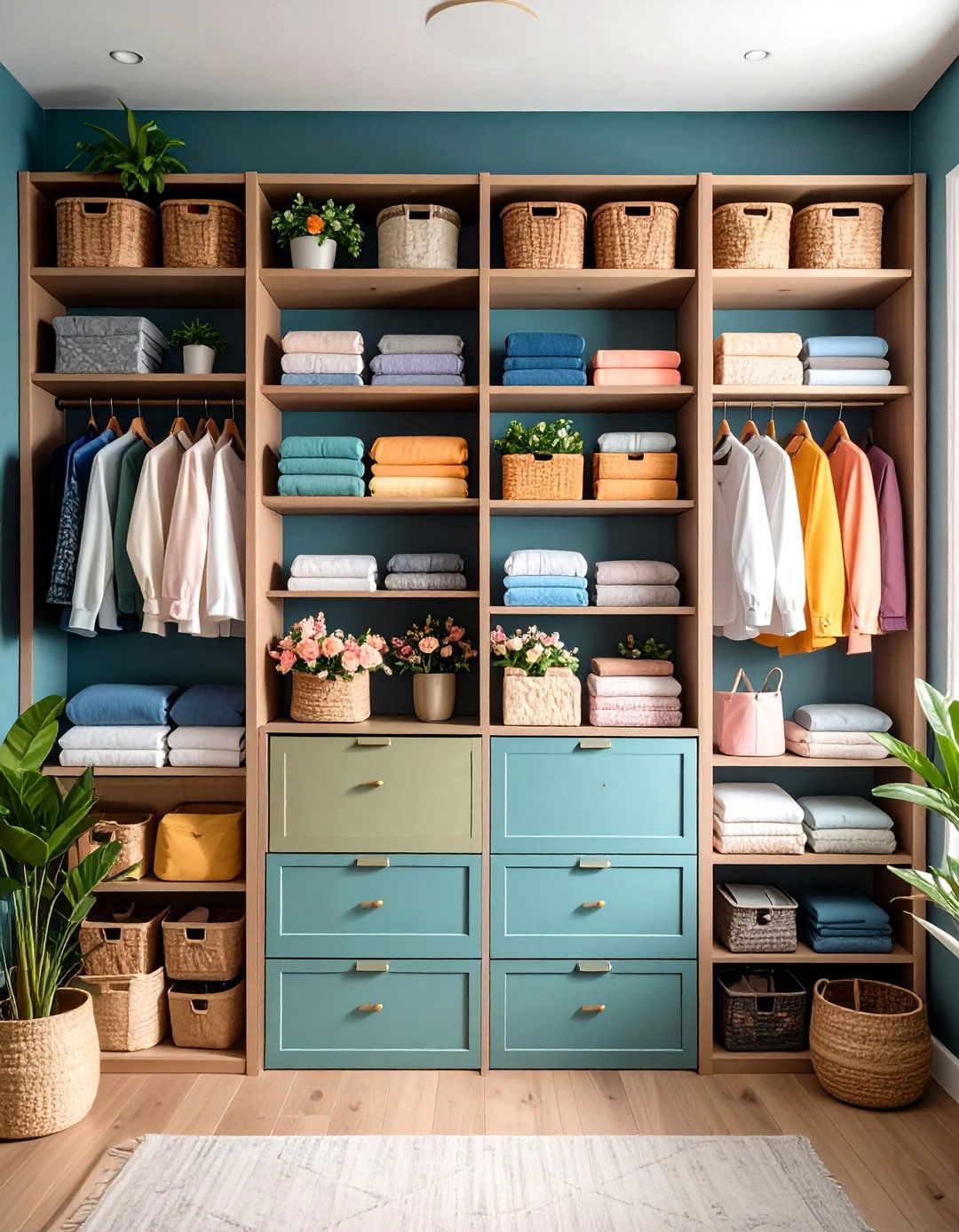
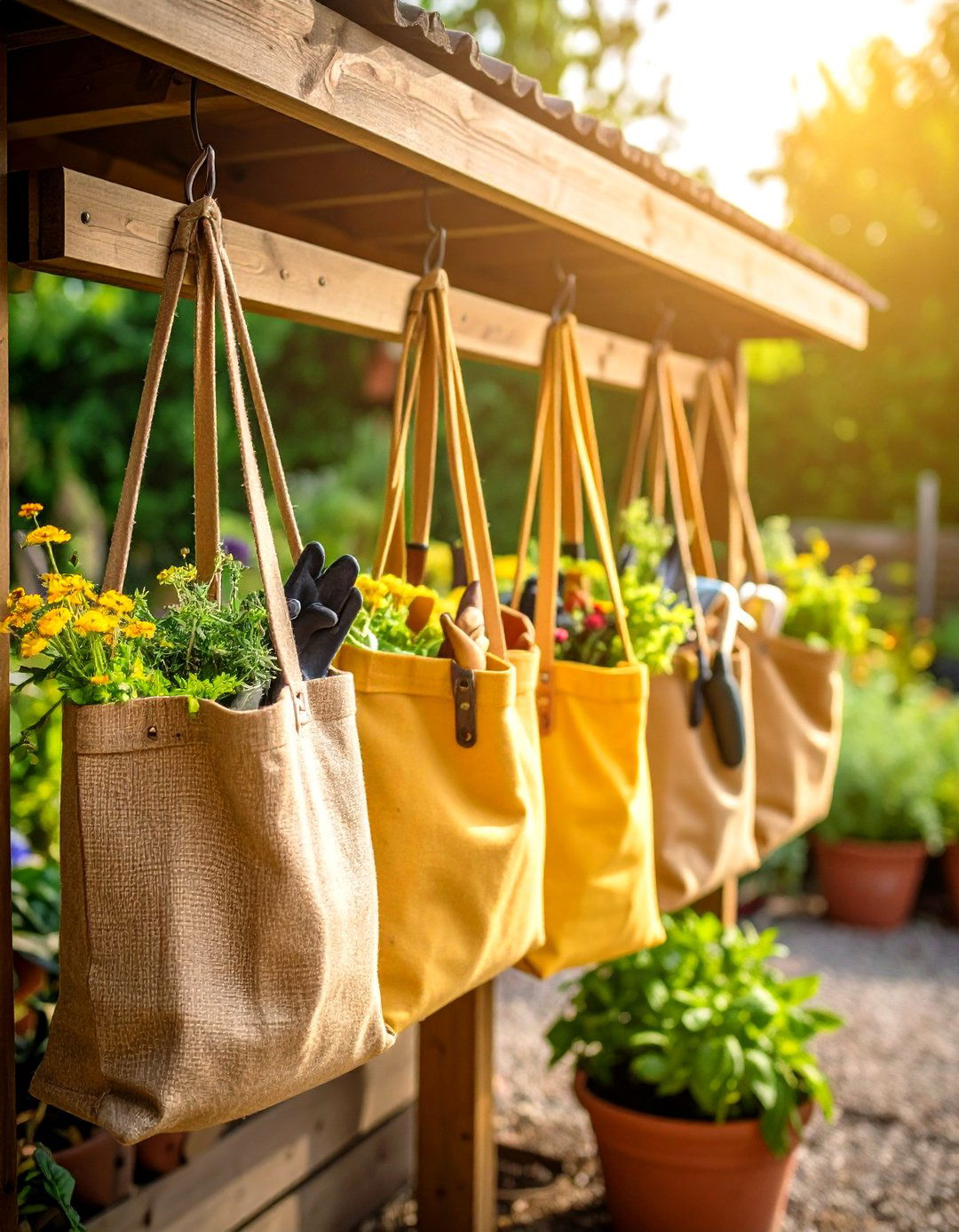
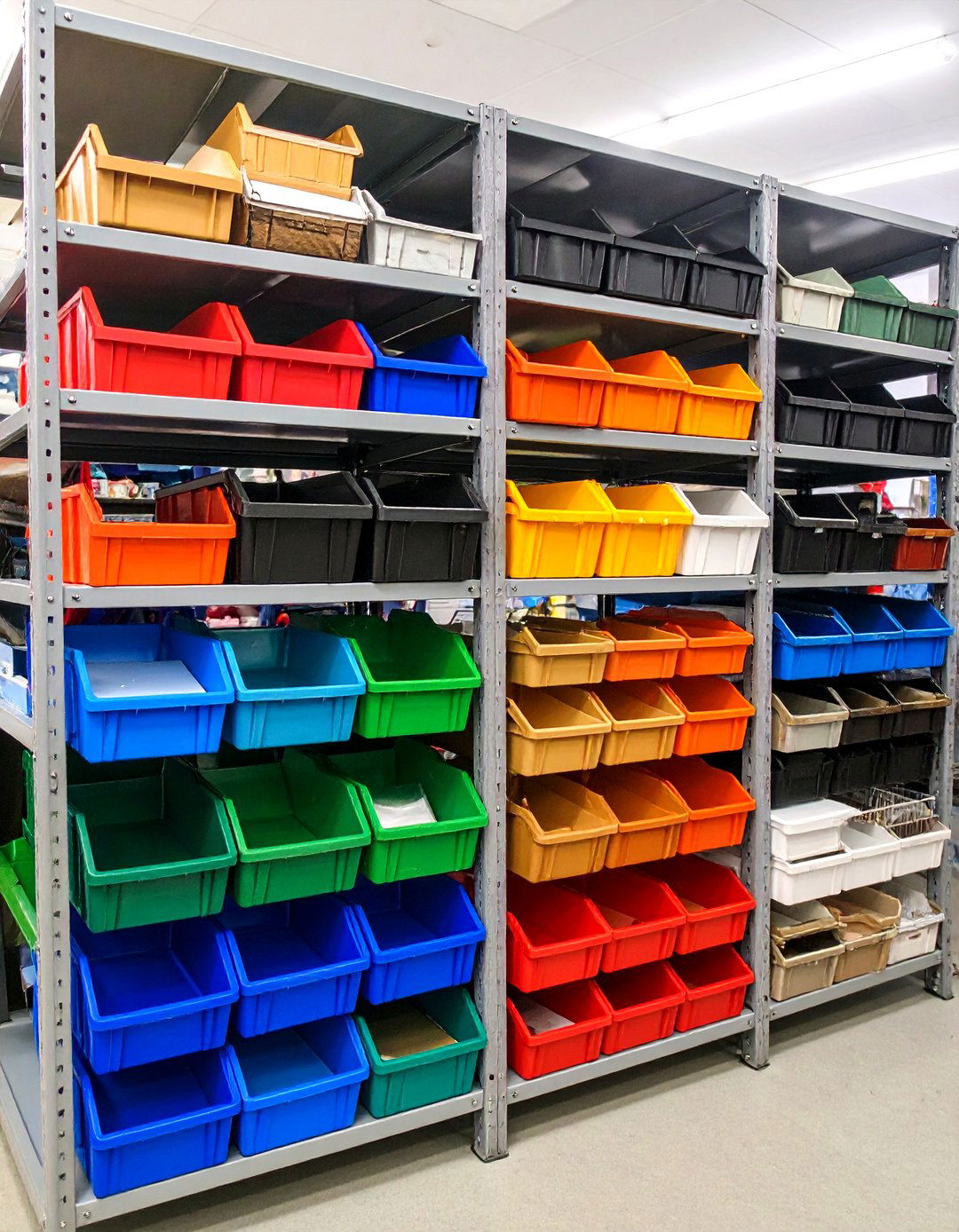
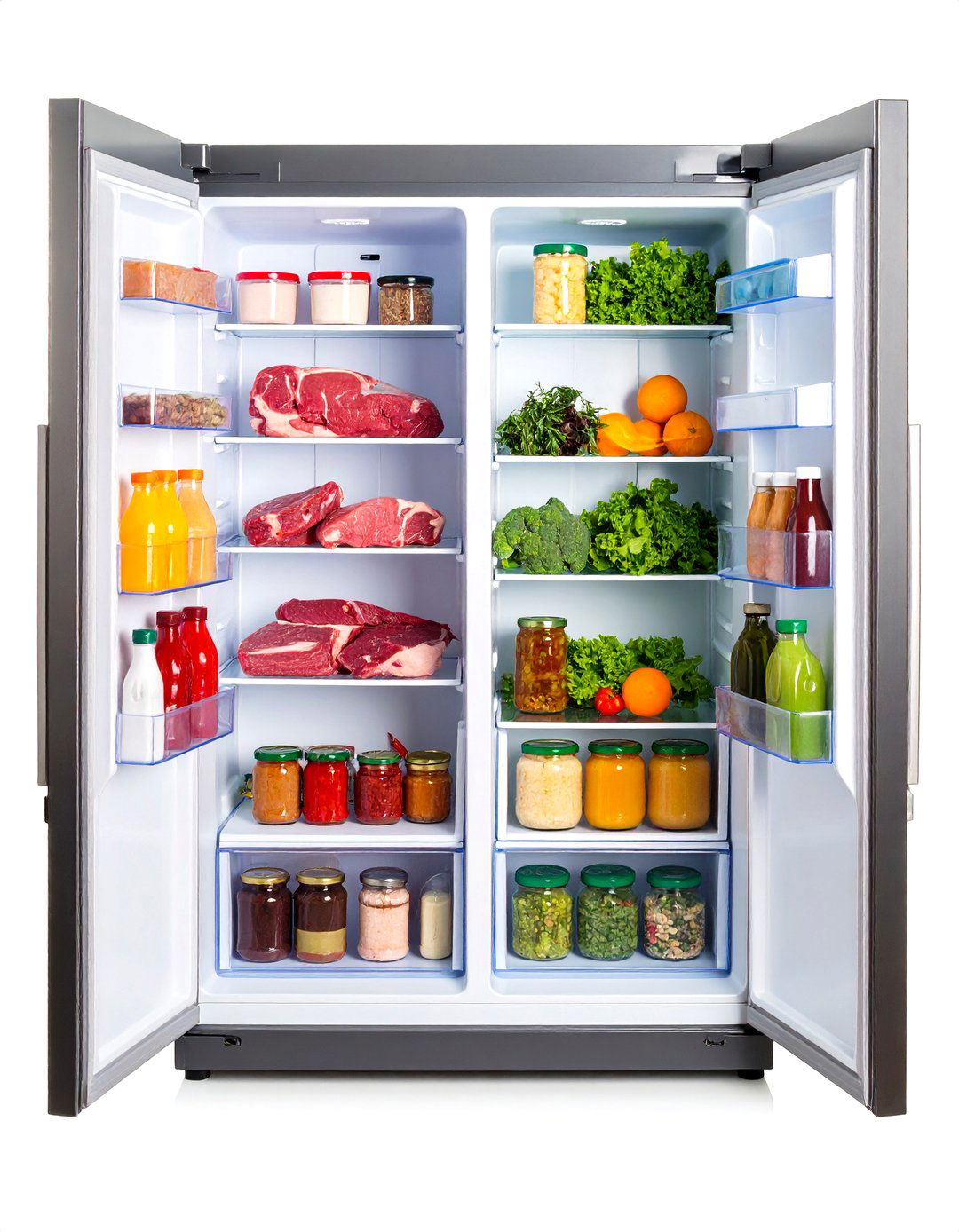
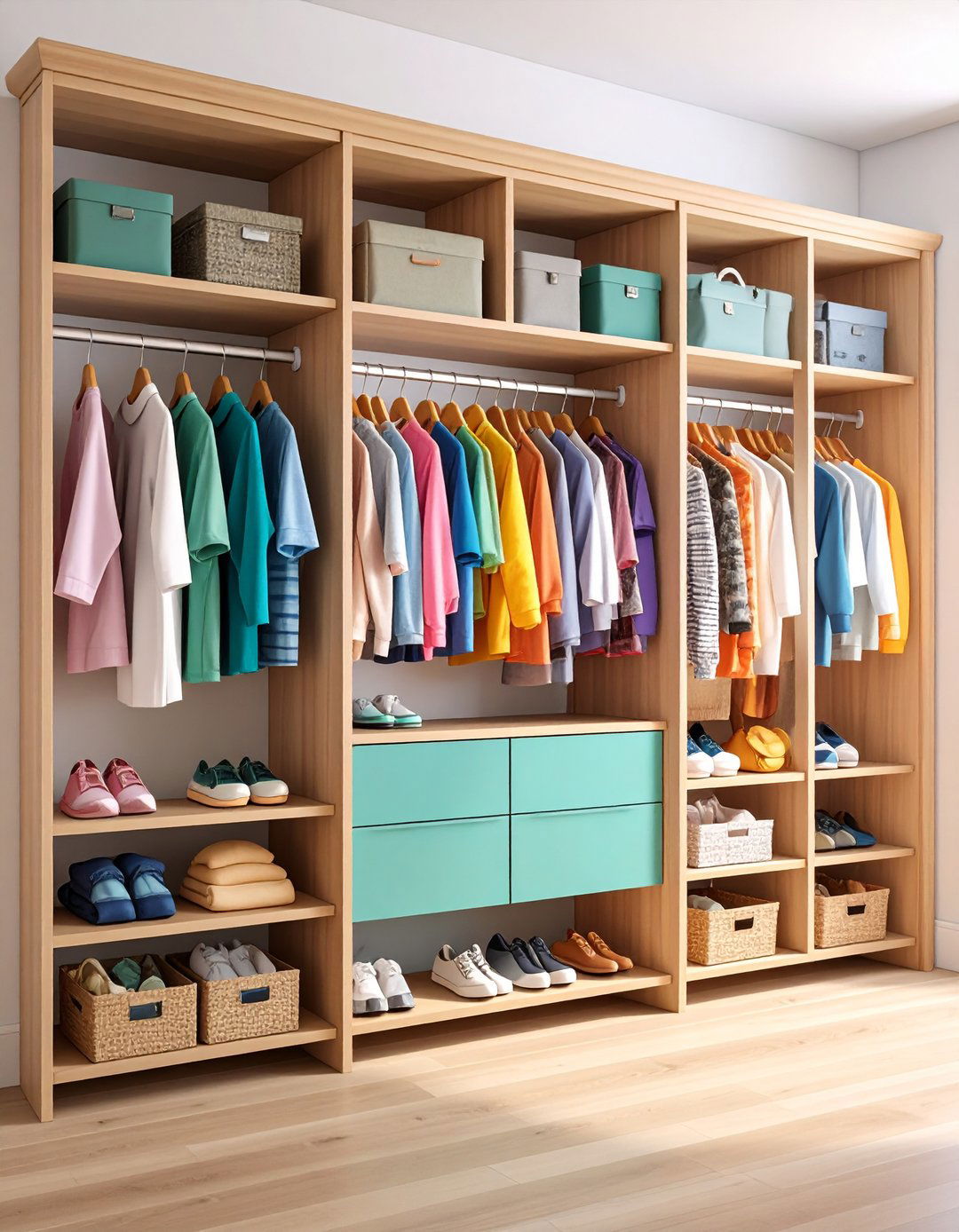
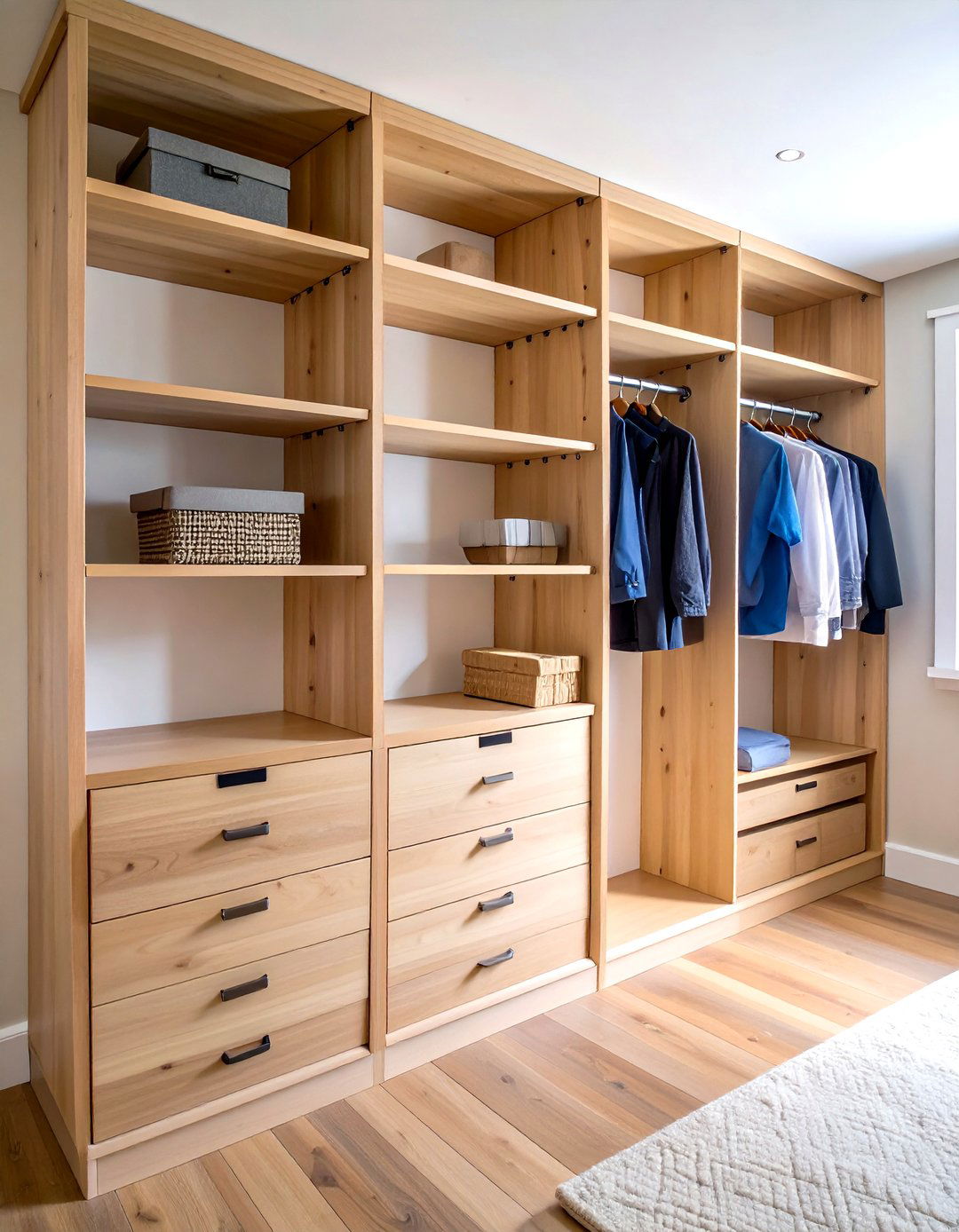

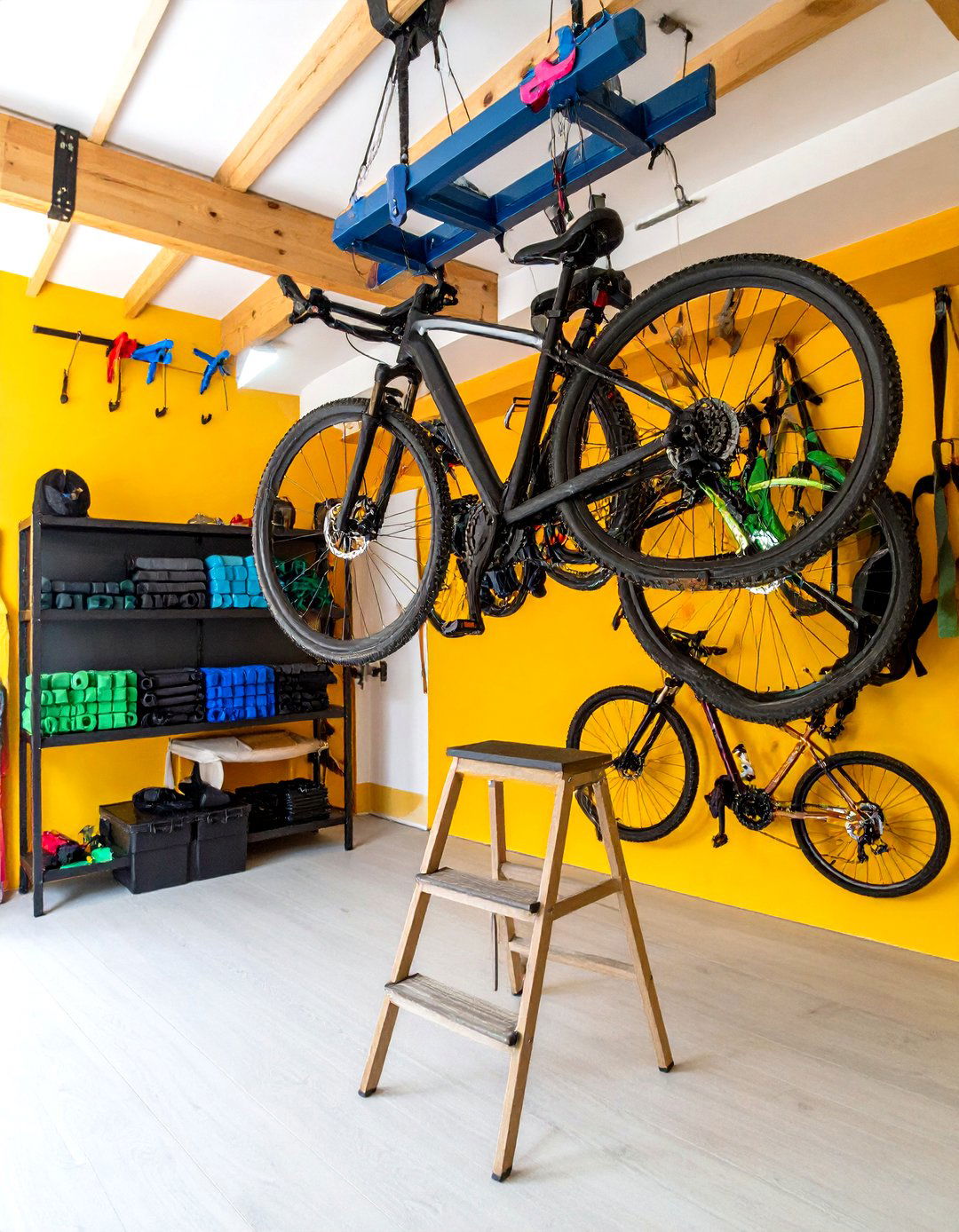
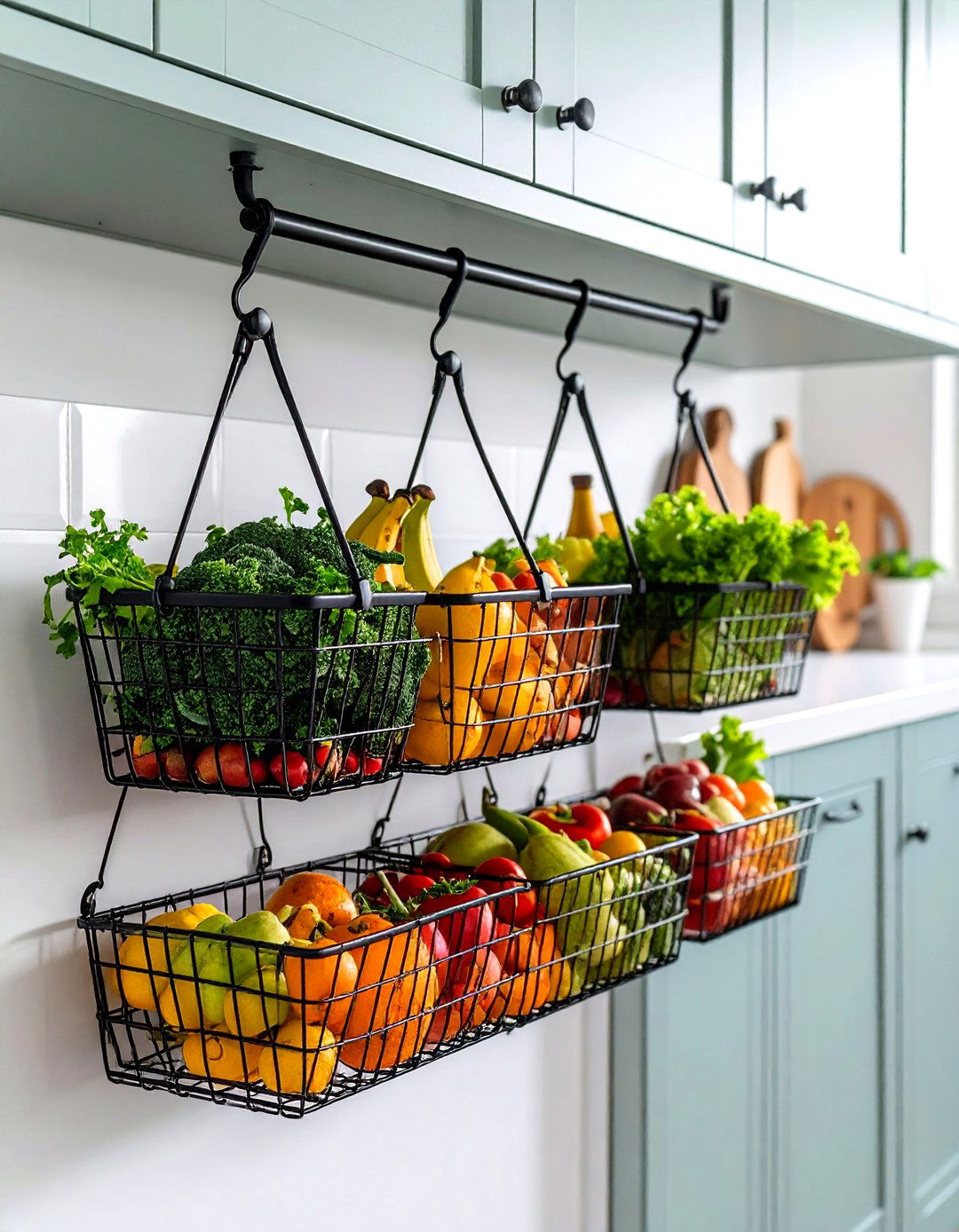


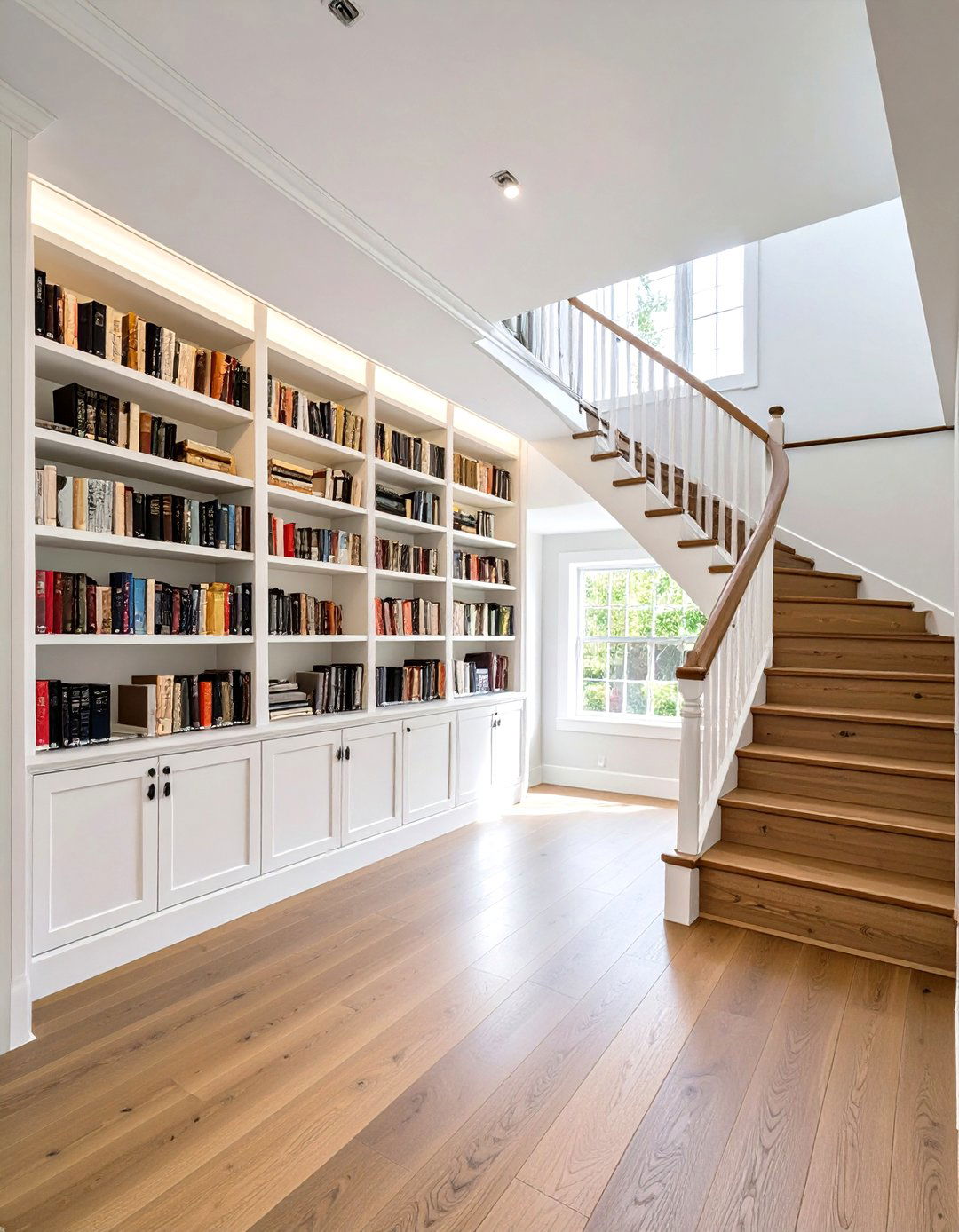
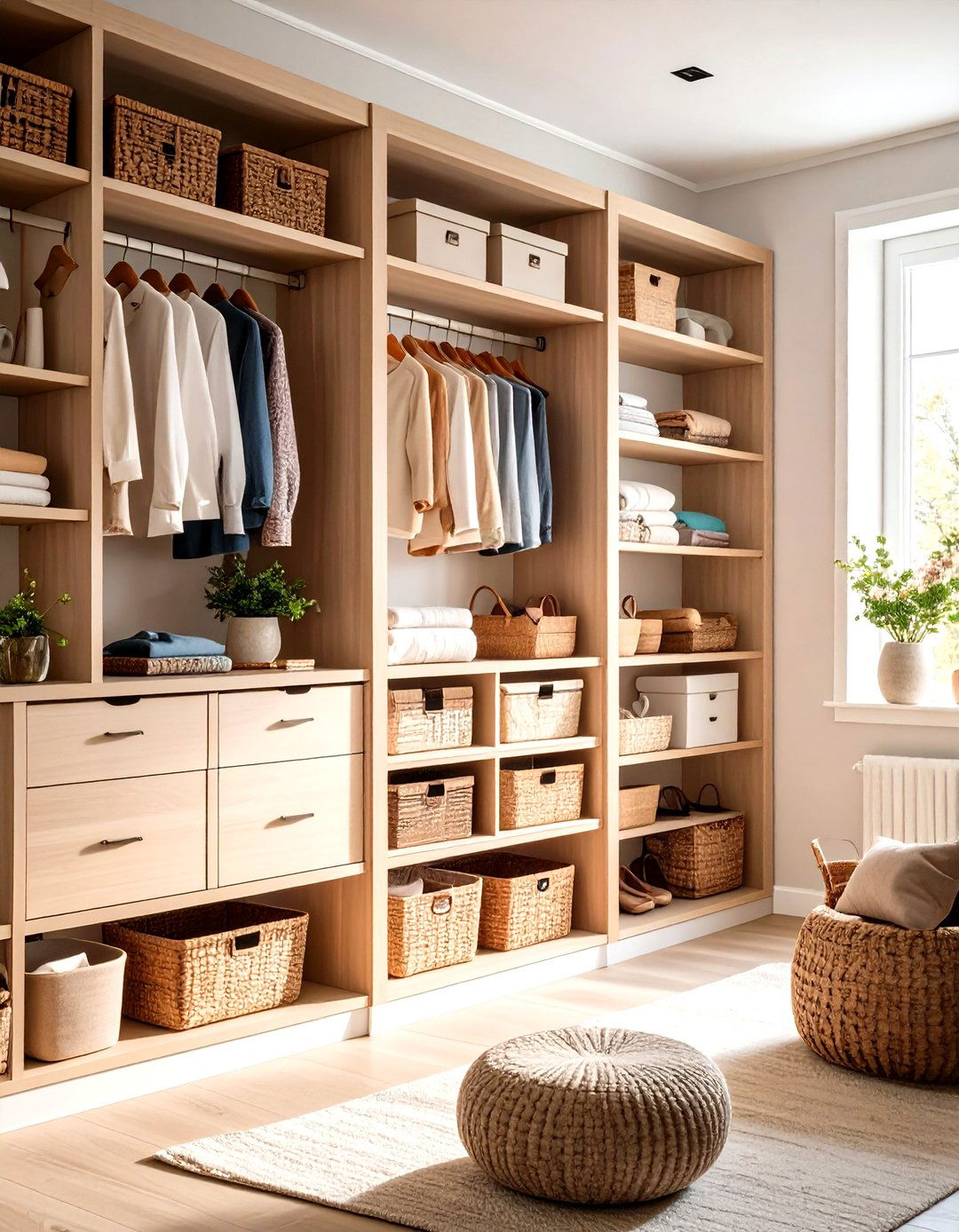

Leave a Reply